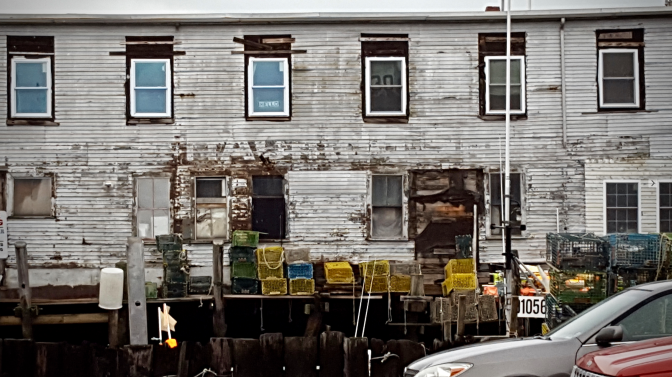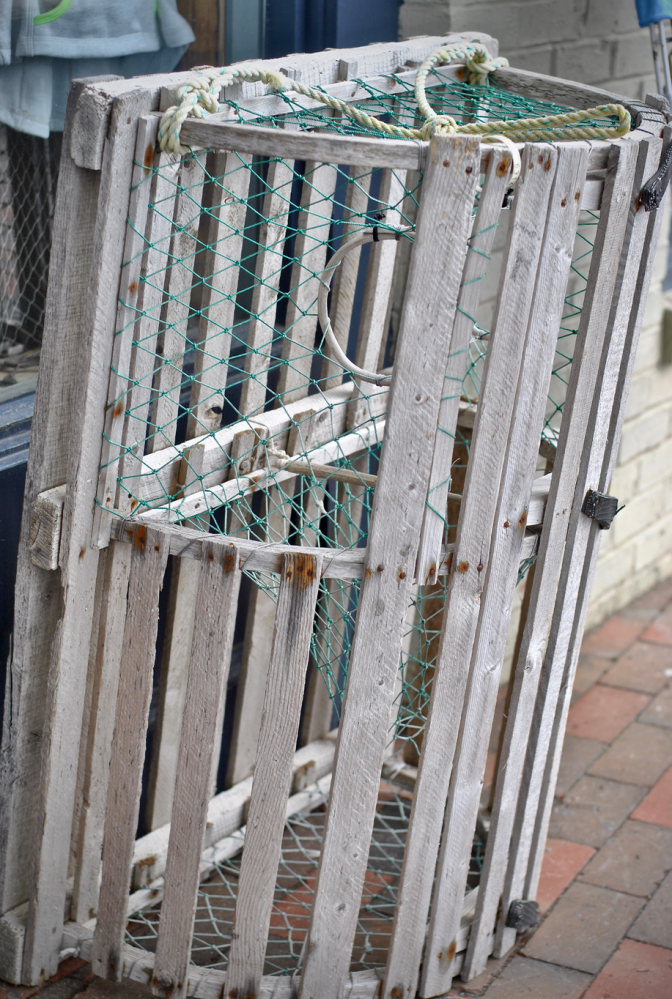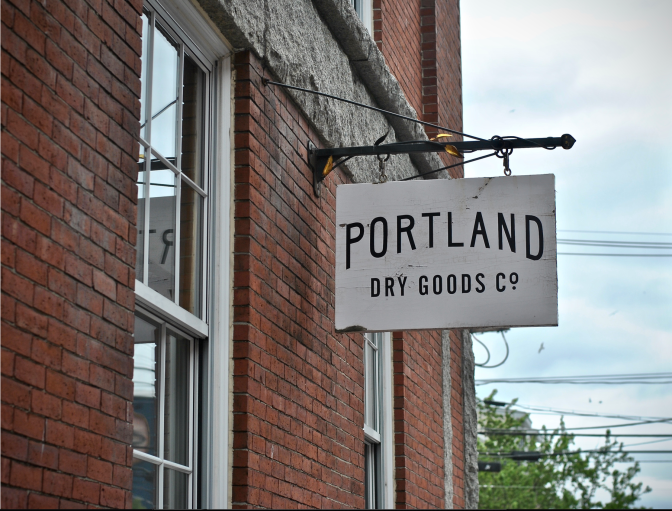“Often I think of the beautiful town that is seated by the sea…” – Longfellow
Late in the day standing on the docks of Portland, Maine, you can hear the sound of the gulls as they dip and dive for their dinner. The sound of rigging, clanking on the boats tied up to the dock. The air smells of the sea, a little bit salty and a lot fishy. If you’re lucky you’ll hear the faint sound of a foghorn somewhere off in the distance, calling ships home as the sun dips below the horizon. None of these things would have felt out of place in the Portland of the 1850’s, but so much else has changed.



For starters, what is now Commercial Street would have been underwater in the 1850’s. Fore Street would have been harbor side. Walking along either street today, you can definitely see the change in elevation as the incline from Fore to Commercial is rather sharp. Another difference would be the buildings. Those standing today were built after a fire destroyed Portland on July 4, 1866. It started in a boathouse, either from a firecracker or ashes from a cigar, and spread to nearby lumber yards and a sugar house. Before it was finished, 1,800 buildings had been destroyed right in the heart of the city. The brick buildings lining Fore Street today were built from the ruins of the fire. They once served as warehouses as Portland has always been a hub for trade and industry.


What is now Portland got it’s start much, much earlier. In fact, the first Europeans settled this spot of ground in the 1630’s. Known as Casco at that time, it was the foundation of what would be come one of the oldest ports on the Atlantic seaboard. Abandoned for a time after being destroyed in Indian attacks, it was resettled in the 1700’s and renamed Falmouth. Up until the Revolutionary war, the town flourished as the British Royal Navy harvested timber nearby for making ship masts. The days of the Revolution again brought destruction when a fleet of five British war vessels sailed into the harbor and opened fire, destroying most of the five hundred buildings standing at that time. This was punishment for being a Patriot-leaning port city.

After the Revolution, Portland re-imagined herself. Industrious shipping companies would establish a lucrative trade with the West Indies. Ships loaded with New England timber would sail from Portland, only to return with molasses. From molasses came rum and rum became Portland’s cash export for a time. Fortunes were made during this time and Portland thrived. The party would end with the coming of the War of 1812 when an embargo put the lucrative rum trade out of business, at least for a time. Before the outbreak of the Civil War, the molasses trade would return, but this time instead of rum, sugar was the byproduct.




With shipping comes the need for counting houses and warehousing. These lined the streets, along with all other sorts of shops and services such as barbers, tailors, and the like. In addition to serving residents, there were also a constant ebb and flow of sailors docking and departing along the wharfs. After long periods at sea, they would step onto the docks looking to spend their recently earned paydays. To relieve them of their coin, Portland played host to all sorts of saloons, lodging houses, and brothels as well. So much so that the city obtained a rather unsavory reputation in it’s early years. Drunken sailors and other types roamed the cobblestone streets at all hours of the day and night.


Walking down Fore Street these days, what were once just brick warehouses, now house art galleries, restaurants, and shops. In places the paint on window sills might be a little worn, but the buildings are still standing strong, the cobblestones are still bumpy, and trade is still thriving.
A few reminders are around that echo Portland’s past, but mostly this city has moved forward, something it has had to do many times in it’s history. The new industry in town is tourism. Tourists are drawn by the quaint shops lining neat streets, excellent seafood, and a laid back vibe. The craft beer breweries popping up around the area don’t hurt either. 🙂
As long as there is the sea, there will be a Portland. It may evolve and change, loose its identity and gain another, but it survives – ever morphing, ever reinventing. In that way it will never truly be just a little historic seaport in Maine.
It always has been, and will continue to be, so much more.
All photos by the author.











I love Portland and it’s history. The other day I was walking on Fore street, by the intersection of Fore and Custom House Wharf, and there was a family walking in the opposite direction. The boy, probably around 12 or 13, was SO excited about the cobblestone. He said “Mom! Look how old these streets are!!!” He was in absolute awe. It made me smile and appreciate where I live even more.
LikeLike
Portland is a beautiful city! I had never been there until a few months ago. Unfortunately I only had about a day there, so not nearly long enough! 🙂 I hope to visit again one day and spend a bit more time. 🙂
LikeLike